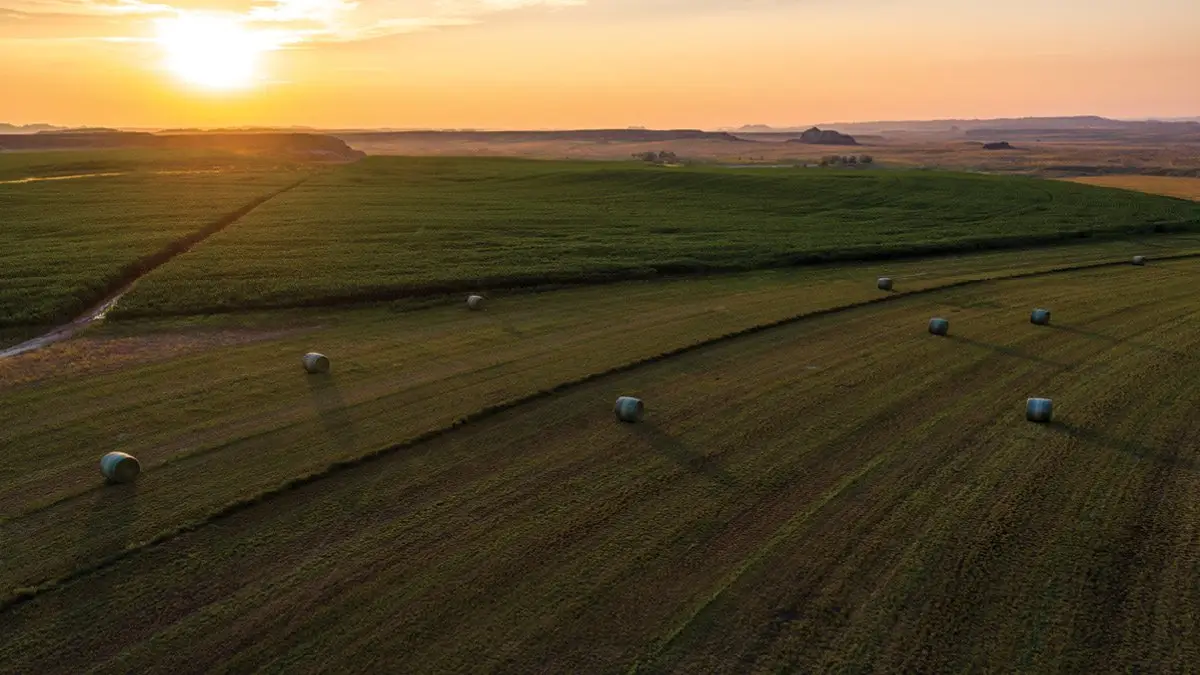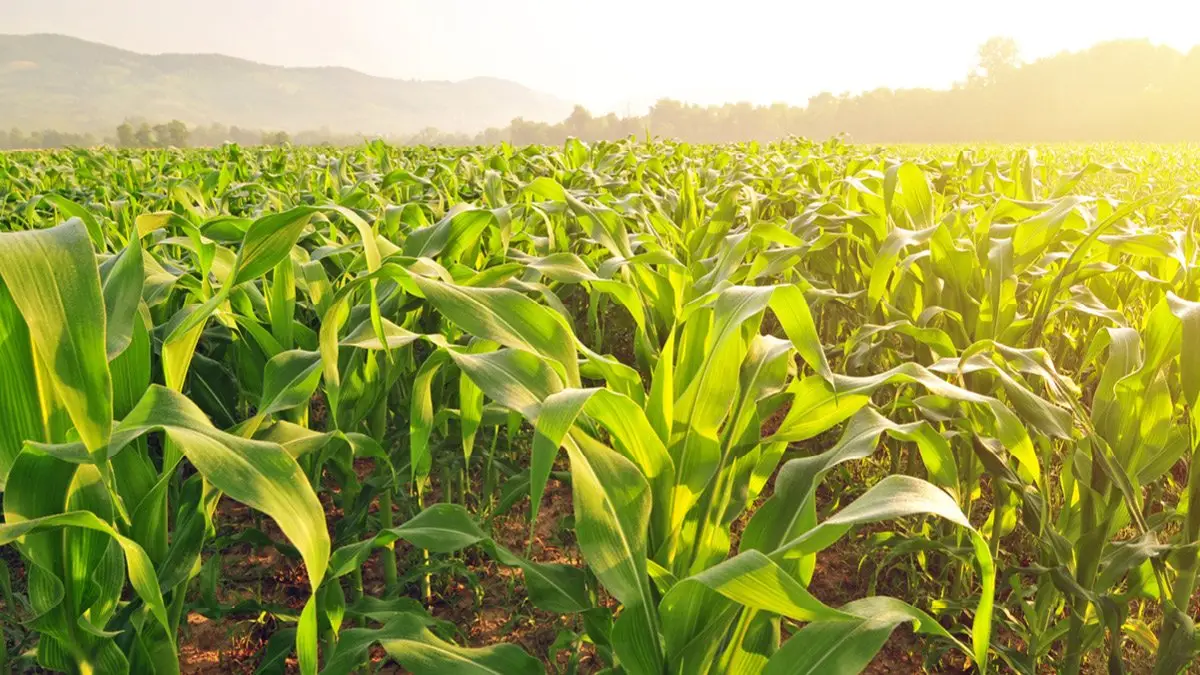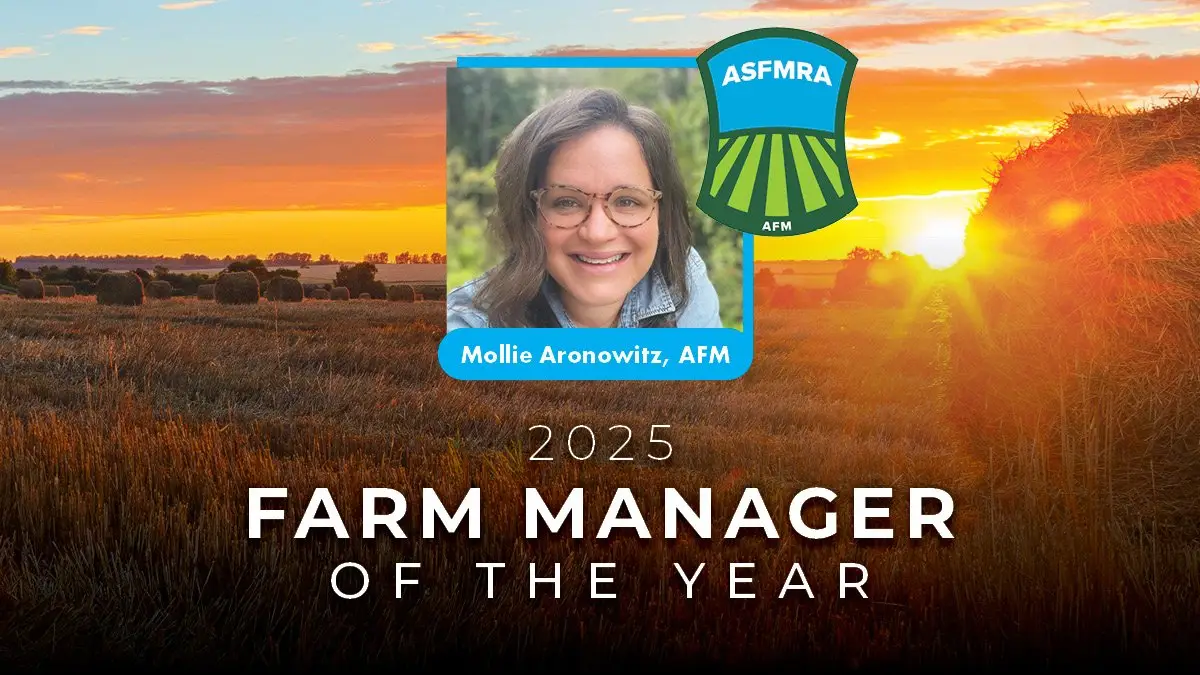The Dilemma
“Daddy Won’t Sell the Farm” This classic 1999 song by Montgomery Gentry harmonizes the tension between wanting to carry on the farming tradition and overwhelming pressure from developers on every side. Farmers within growing urban markets are living through this tension. A few months ago, a farmer nearing retirement discussed with me the struggle of not being able to make the purchase of property cash flow due to increasing demand for residential development within this transitional market driving up land prices. His solution was straight forward but not guaranteed. To enroll his piece of cropland into a conservation easement.
What are Conservation Easements and how do they work?
According to the Dictionary of Real Estate Appraisal 7th Edition, a conservation easement is “an interest in real estate restricting future land use to preservation, conservation, wildlife habitat, or some combination of those uses.” In most cases, the USDA, state governments, local municipalities, or private organizations will purchase certain rights of a property (typically development) in exchange for a federal tax deduction. According to the Land Trust Alliance Resource Center, several other states also offer state-level income tax credits. There are two major benefits to these programs: 1)Property owners get tax deduction which may help them cash flow their agricultural properties in strong transitional market and 2) rural characteristics of growing markets is maintained for future generations to enjoy.
Conservation Easement Programs
As mentioned earlier, there are several government entities and private organizations that look to enroll properties in conservation easements. Financial assistance is provided by the NRCS to help eligible partners conserve agricultural properties. The largest is the United States Department of Agriculture-Natural Resources Conservation Service (USDA-NRCS). One of the primary programs agricultural appraisers work with is the Agricultural Conservation Easement Program (ACEP).
ACEP is made up of two components, the Agricultural Land Easement (ALE) Program and the WRE (Wetland Reserve Easement) Program.
The Agricultural Land Easement (ALE) program is geared toward protecting agricultural cropland and pasture/grazing land. Priority is given to properties with prime soils, properties which maximize the protection of contiguous acres, and those with historical or archeological resources.
The Wetlands Reserve Easement (WRE) restores wetlands that have been converted into agricultural production. Two primary options are available within the WRE program, a permanent easement and as 30-year easement. The NRCS pays a greater portion of the easement value and restoration costs for properties enrolled in the permanent easement than those enrolled in the 30-year easement.
Highest and Best Use Analysis
In most cases, the appraisal of property in the process of being enrolled within a conservation easement contains two values, 1) the value in the fee-simple estate and 2) the value of the subject property with the proposed easement.
In both valuations, the highest and best use analysis is critical to arriving at an accurate value for the subject property.
Legally Permissible: In the fee-simple estate, this takes into account any local zoning requirements that restricts development or other uses, including the current use. Within the analysis of the proposed easement, all legally permissible uses are considered, with the exception of all uses restricted by the easement.
Physically Possible: When analyzing uses that are physically possible, the presence of physical features that hinder the use of the property are considered. Physical features considered include the presence of wetlands, the slope/topography of the property, contamination, and other physical features. Physical characteristics that hinder a highest and best use in the fee-simple estate will still hinder the highest and best use when under a conservation easement, as these remain unchanged.
Financially Feasible: Uses of the subject property that are both legally permissible and physically possible are then analyzed to determine if they would bring a positive financial return. These uses may or may not be different between the fee simple valuation and the within the valuation of the subject property with the proposed easement.
Maximally Productive: Only the uses of the subject property that are legally permissible, physically possible and provide a positive return (financially feasible) are considered in the analysis of the maximally productive use. Depending on the market and the amount of pressure to convert vacant properties into transitional uses, the maximally productive use may or may not differ between the valuation of the subject property in the fee simple estate and valuation of the subject property with the proposed easement. The difference is in which property rights are restricted from the conservation easement.
Valuation Process
As mentioned previously, two values are typically given within the appraisal of a property that is in the process of being conserved with a conservation easement.
The sales comparison approach is typically used to determine an opinion of value of the subject property in the fee simple estate. Sales of comparable properties with a similar highest and best use are used within this valuation. Factors of comparison can vary based on the market you are working in; however, typical factors include location, utility (ease of use), land types, size, drainage, and any atypical motivation.
The sales comparison approach is also typically utilized when developing an opinion of value for the subject property as encumbered by the proposed conservation easement. When looking for comparable sales to use within this valuation, use sales of properties with a similar degree of restrictions, either legal, physical, or both, which provide a similar degree of available uses. Additional comparable factors can be similar to that of the fee simple valuation; however, the comparable sales used will take into account the property rights being restricted by the proposed conservation easement.
Our staff at Peoples Company has experience helping property owners and organizations valuing properties encumbered with conservation easements. Feel free to reach out to the appraisers at Peoples Company if you have any questions regarding the valuation of conservation easements.







